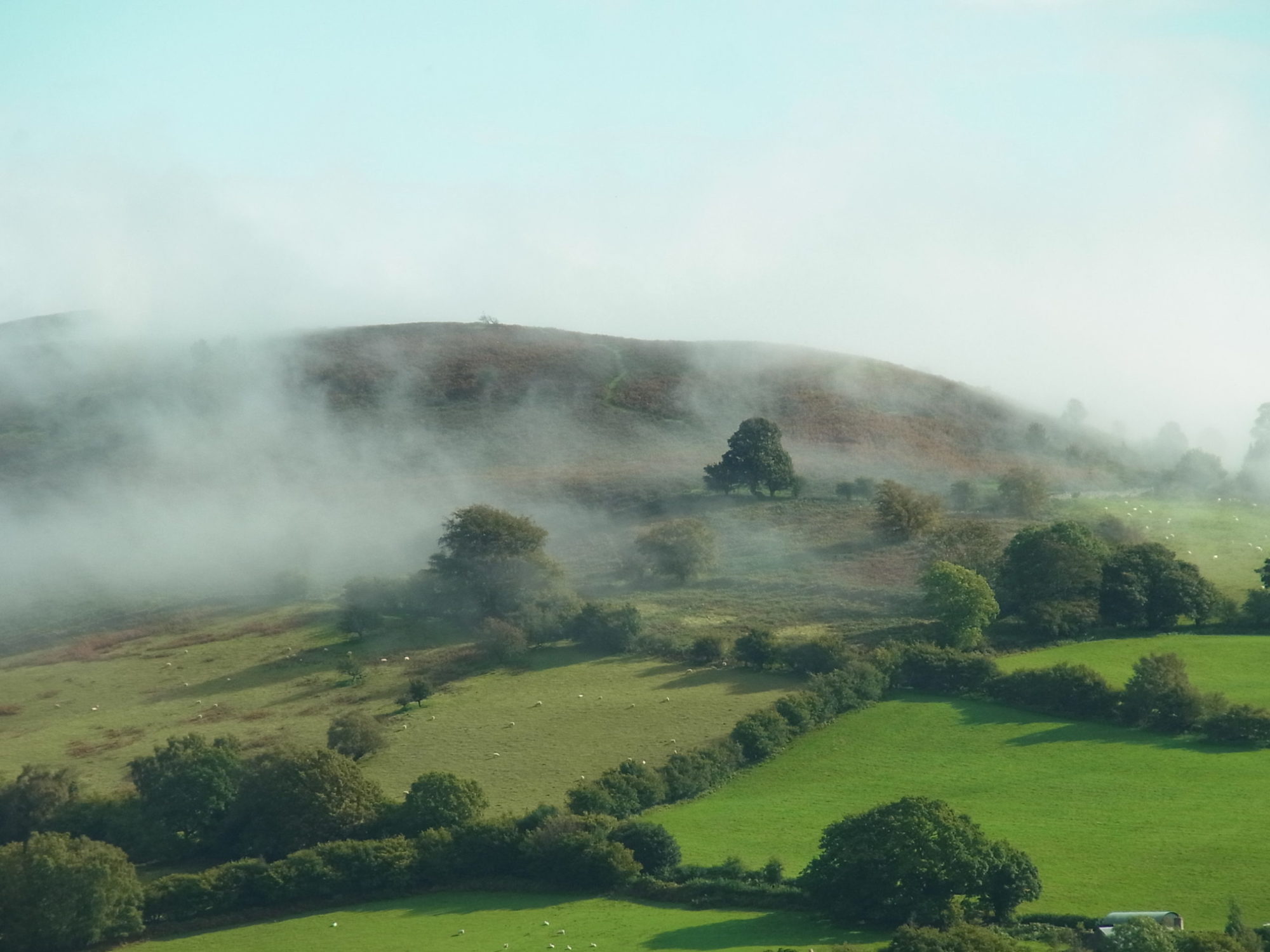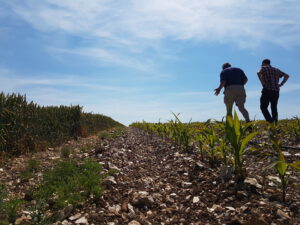The recovery of farmland birds is long term work-in-progress. Go count some birds on farmland between the 2-18 Feb 2024 to support citizen research and makes farmers proud of their wildlife.
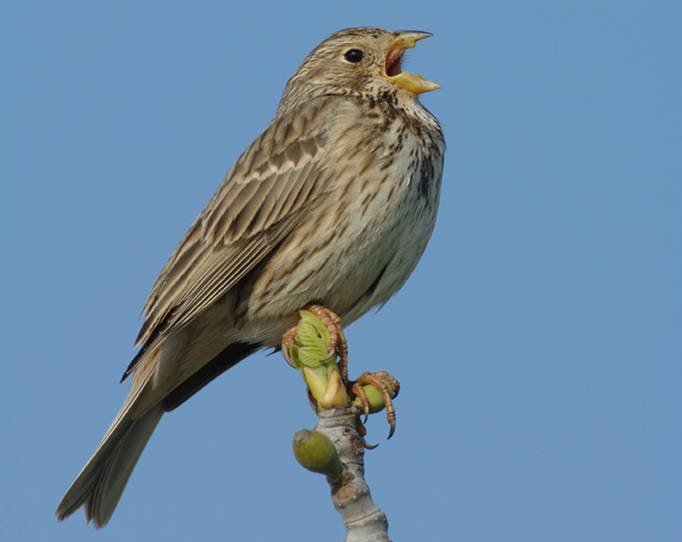

Countryside context
Make no bones about it – it’s been a tough journey. Post Second World War farmers were encouraged to become more efficient. The Archers BBC radio series was a government information service launched in 1955 targeted at farmers for this reason. But with with rapidly changing farming practices between the late 70s and early 90s, farmland birds suffered major declines as food production burgeoned.
These declines are now slowing. This is important. As a weakening trend can breed hope.
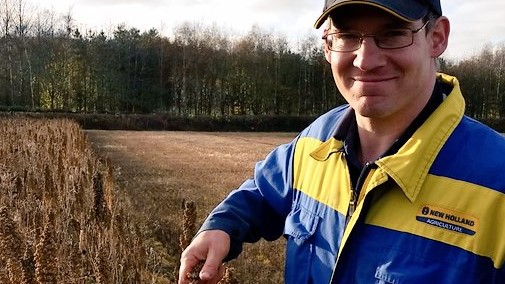
his guest blog
There is positive change. As demonstrated by the weakest of upturns in the populations of some farmland birds recorded in govt’s latest ‘Wild Bird Population’ update. (See detail in past updates pages 8-10).
Today, with access to more food we can fit in our trolleys and a new Agriculture Act 2020, there is a real appetite to seek to reverse declines in wildlife. This ‘appetite’ is however not without its tensions in governments not wishing to frame ‘national conversations’ by responding to recommendations within The Food Strategy Plan.
Collaborative research

Twenty years of partnership research (full pdf) with RSPB and GWCT demonstrates that declines in numbers of farmland birds can be turned around. (Full pdf of paper here). Targeting and tweaking land management practices to create and enhance habitat which includes shelter, food and nesting sites, works alongside more interventionist conservation practices such as removal of invasive species and management of wildlife to benefit other wildlife (such as ‘predator control‘).
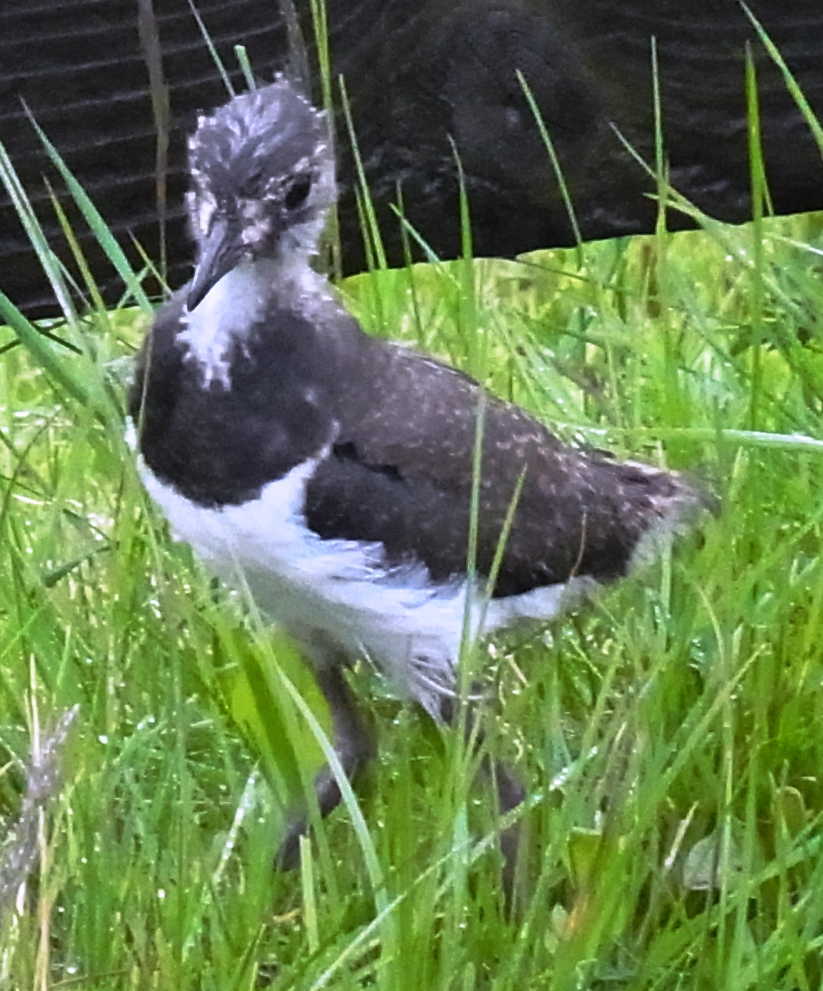
Farmer groups
Working collaboratively in a group, such as the South Wiltshire Farmland Bird Project, pays dividends. Farmers and land managers coming together under govt funded facilitation groups, or under their own devices, helps share knowledge, build trust and create ‘proudness’ in nature. Here’s an environmental group in Hampshire (and beyond), a farmer group in East Anglia and one in Cumbria. ‘Farmer clusters’ are a vehicle to help deliver wildlife at a landscape scale which is currently attracting government funding.
Farmer clusters represent a tipping point towards the positive – ‘a consortium of the willing putting back more nature than is being taken out’- Sir John Lawton at this Natural England conf
There’s much more going out there than we realise. Without hearing from others, it’s sometimes hard to maintain unfunded environmental work just for the joy. So let’s celebrate these annual Big Farmland Bird Counts.
Updated 05.2.24
